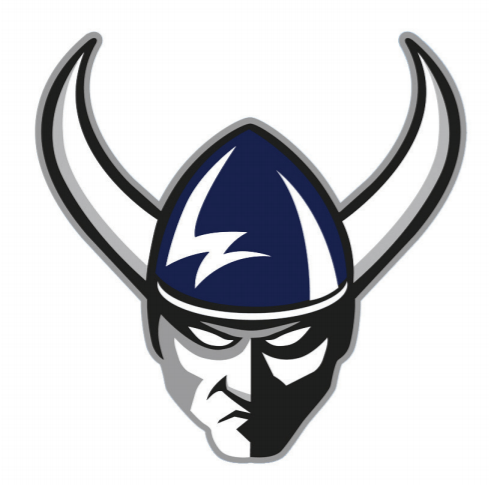It’s time for Western Washington University to rethink its mascot. An image of white toxic masculinity is clearly not the best way to advance diversity, equity, and inclusion on campus or in the wider community — as recent history has demonstrated. Beyond the sociopathic rendering of the Viking logo WWU adopted in the early 2000s, in the popular imagination Vikings connote rape and pillage, conquest and enslavement. These connotations are antithetical to WWU’s professed values, and they can’t be ignored.

rendering of the WWU mascot adopted in the early 2000s
These general concerns were echoed by a report submitted in June, 2014, by the WWU Legacy Review Task Force, which unanimously recommended that the name “Viking” be removed from the Viking Union. The Task Force was “concerned about the harm caused by asking all members of the Western community to identify with a figure that is potentially exclusive on the basis of both ethnicity and gender. Furthermore, the Task Force found names idolizing conquest as out of line with the university’s contemporary values around honoring local Indigenous communities.” Several members of the Task Force also recommended appointing a separate committee to evaluate the ongoing use of the Viking mascot itself, in conjunction with the renaming of the Viking Union.

white toxic masculinity with a college degree
Elaborating on these general concerns, the report states that “the icon’s symbolic relationship to histories of conquest make it especially harmful to celebrate on Coast Salish land occupied by the US military during the 1850s. Finally, some members of the Task Force were especially concerned about the fact that, in recent decades, Vikings have been romanticized by white supremacist groups as icons of conquest. Such concerns seemed particularly timely given recent activities by white supremacists on WWU’s campus.”
The full report of the Task Force can be found here, with all relevant sections about the Viking Union and Viking mascot highlighted. The report also contains many other insights into traces left by the historical context of racism in which WWU developed, and other steps the university might now take to move beyond that legacy.
